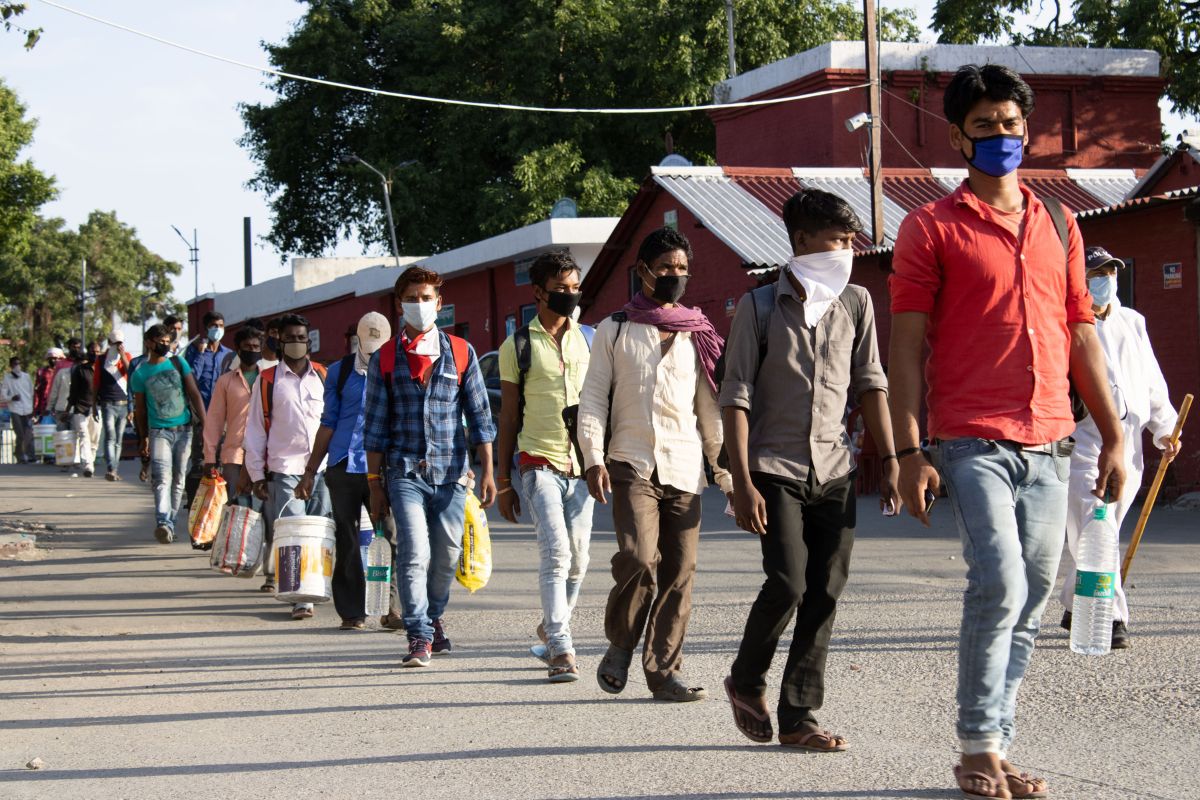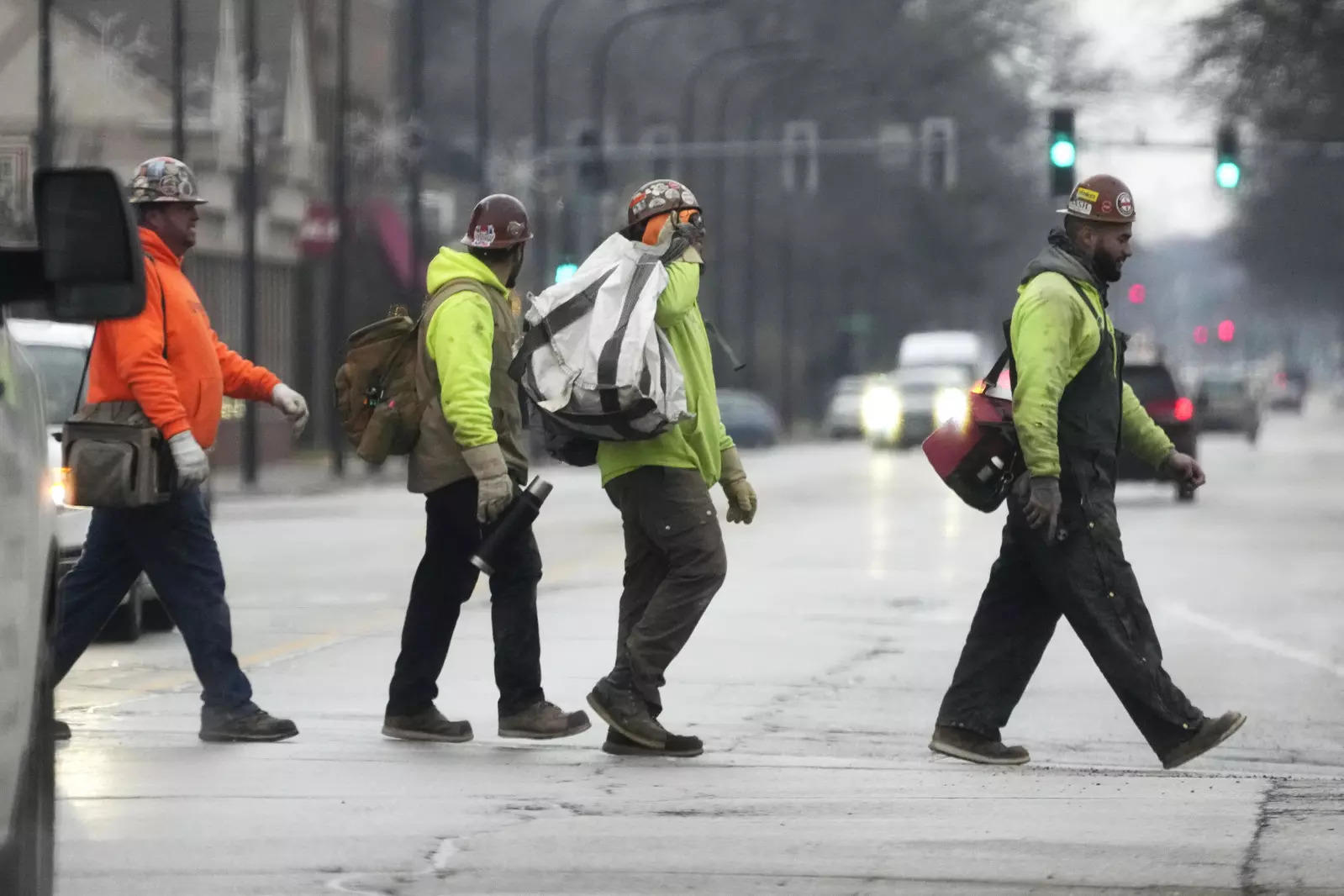September Unemployment Rate Reaches 12-Month Low at 7.09%

September Unemployment Rate Reaches 12-Month Low at 7.09%
India, a nation renowned for its rich tapestry of traditions and festivals, has witnessed an encouraging economic trend in September 2023. With the unemployment rate plunging to a 12-month low of 7.09%, it signifies a remarkable turn of events for a nation that has faced significant challenges on the employment front in recent times.
This fall in unemployment comes just in time for the festive season, a period that traditionally sees a surge in demand across various sectors.

The months leading up to India’s festive season are characterized by heightened commercial activities. The increased demand for goods and services during festivals like Diwali, Navratri, and Durga Puja stimulates the production and distribution sectors. This, in turn, leads to more hiring in manufacturing, retail, logistics, and various other sectors.
India’s jobless rate fell to a 12-month low of 7.09% in September, supporting the idea that economic activity has increased as a result of the holiday season. Urban unemployment dropped significantly from 10.09% in August to 8.94% in September, indicating that field-level personnel were hired quickly before Diwali.
The Centre for Monitoring Indian Economy reported that the rural unemployment rate in September was 6.20%, which was a 12-month low. The decrease in rural unemployment is a result of September’s abundant rains. 13% more rain fell on the nation than usual during the month. However, August saw 36% less rainfall than average.

The demand for jobs under the Mahatma Gandhi National Rural Employment Guarantee Scheme decreased in September as a result of the decline in rural employment rates, which had been rising for several months.
The number of people requesting work under the plan in September was the lowest in the current fiscal year, according to the official dashboard. In addition, September’s person days created (work performed) were the fewest thus far in FY24.
“The agricultural industry still depends on the monsoon. The agricultural sector’s gross capital formation (GFCF) is falling. Therefore, irregular monsoons have an impact on economic activity and labour force participation, according to Lekha Chakraborty, a professor at the National Institute of Public Finance and Policy.
The rural labour participation rate reached its highest level in 23 months at 41.82%. On a national basis, however, the labour force participation rate fell slightly from 41.16% in August to 40.87% in September.

Recognizing the challenge of unemployment, the Indian government has rolled out various schemes and incentives to promote entrepreneurship, skill development, and job creation. Initiatives such as the ‘Make in India’ and ‘Startup India’ have encouraged domestic production and innovation, leading to new job opportunities.
Programs like the Mahatma Gandhi National Rural Employment Guarantee Act (MGNREGA) have provided a safety net for rural populations by guaranteeing wage employment opportunities, thus helping mitigate the adverse impacts of unemployment.
The pandemic saw a massive exodus of migrant workers from cities to their native villages. However, as the situation has normalized, many of these workers have returned to urban areas, leading to a restoration of the labor force in various industries.
With the rise in online shopping during the festive season, e-commerce platforms have ramped up their operations, leading to increased hiring in areas like warehousing, delivery, and customer service.
The demand for consumer goods, particularly electronics, apparel, and festive items, has seen a boost, leading to more jobs in the manufacturing sector.Hospitality, travel, and other service sectors, which were adversely affected during the pandemic, have started to recover, further aiding in the reduction of unemployment.
A significant portion of the jobs created during the festive season is temporary. There’s a need to focus on creating sustainable, long-term employment opportunities.
With rapid technological advancements, there’s a growing skill gap in the country. Upskilling and reskilling the workforce is crucial to ensure employability.A large section of the Indian workforce is employed in the informal sector. Measures should be taken to formalize these jobs, ensuring better working conditions and security for workers.

The decline in unemployment to 7.09% in September offers a glimmer of hope for India’s economic prospects. The festive season has always been a vital period for India’s economy, and its positive impact on employment is evident this year.
However, it’s crucial for the nation to strategize and ensure that this momentum is not just a seasonal spike but a foundation for consistent growth in employment opportunities in the future.





